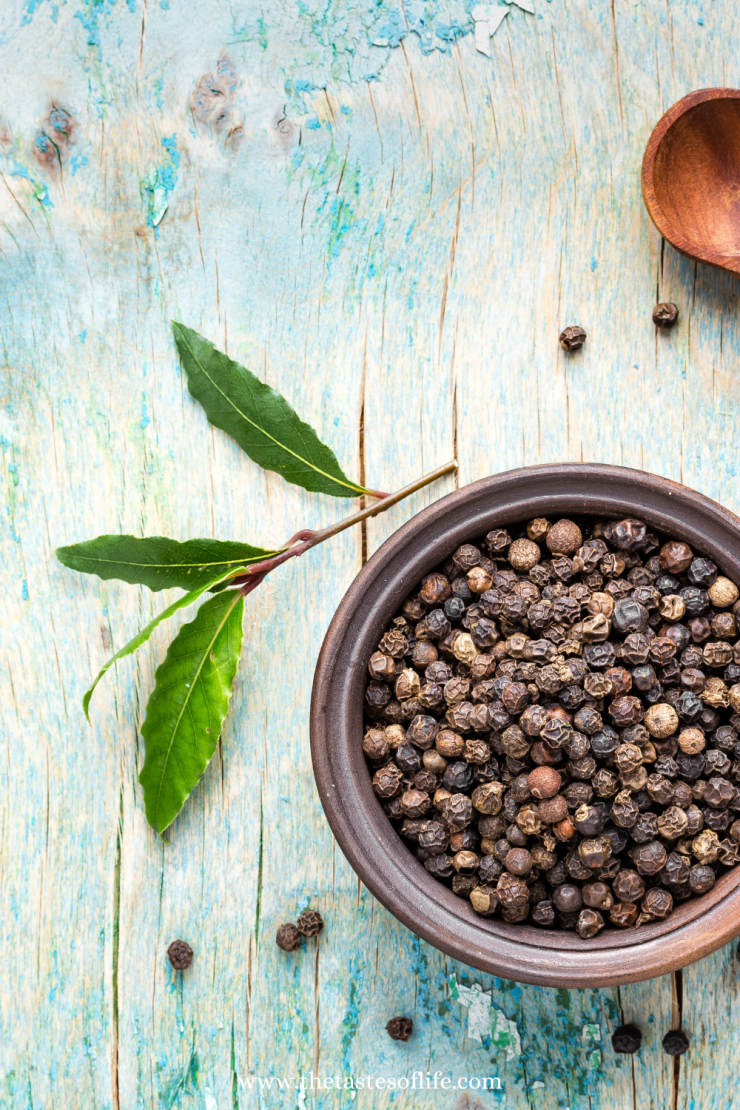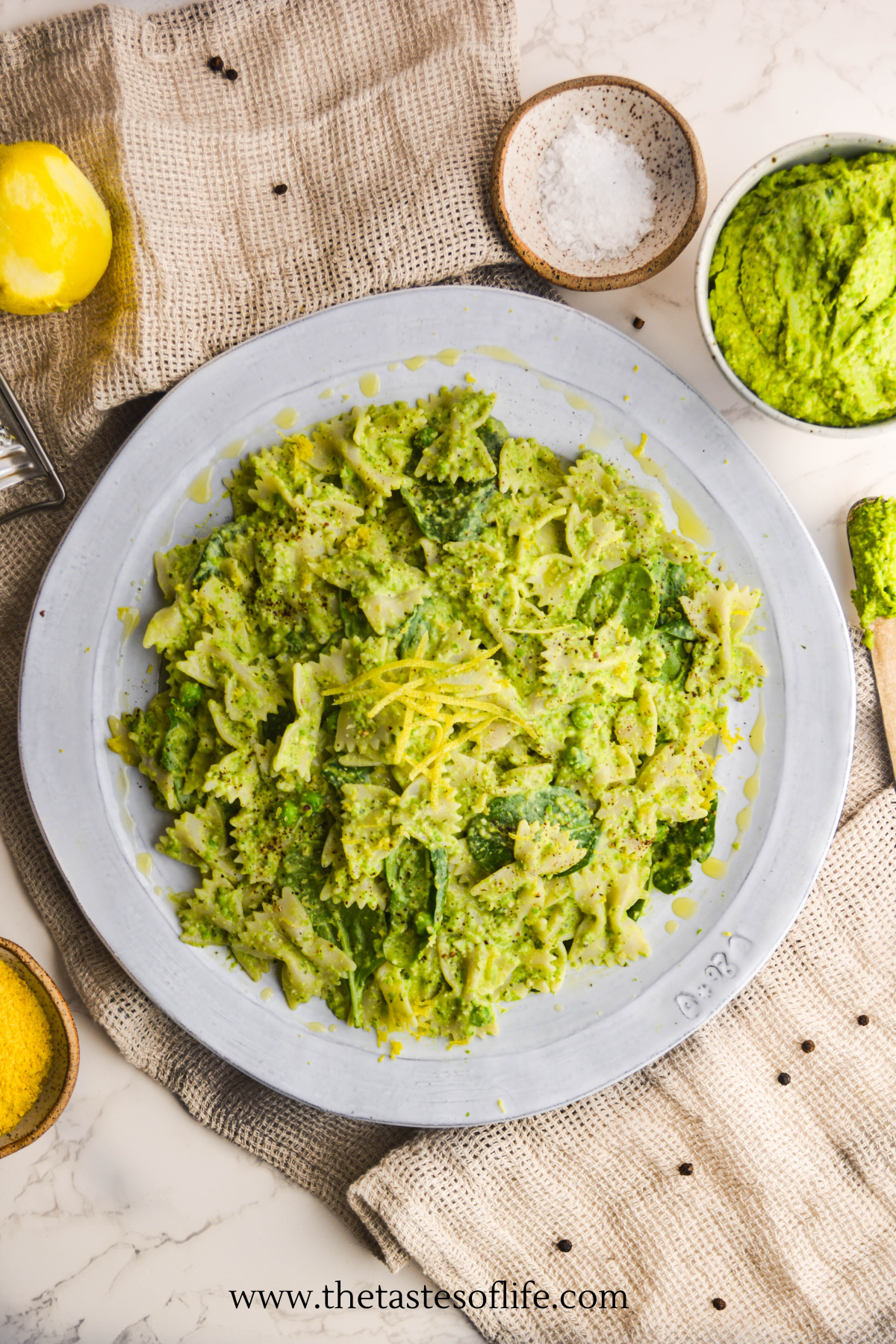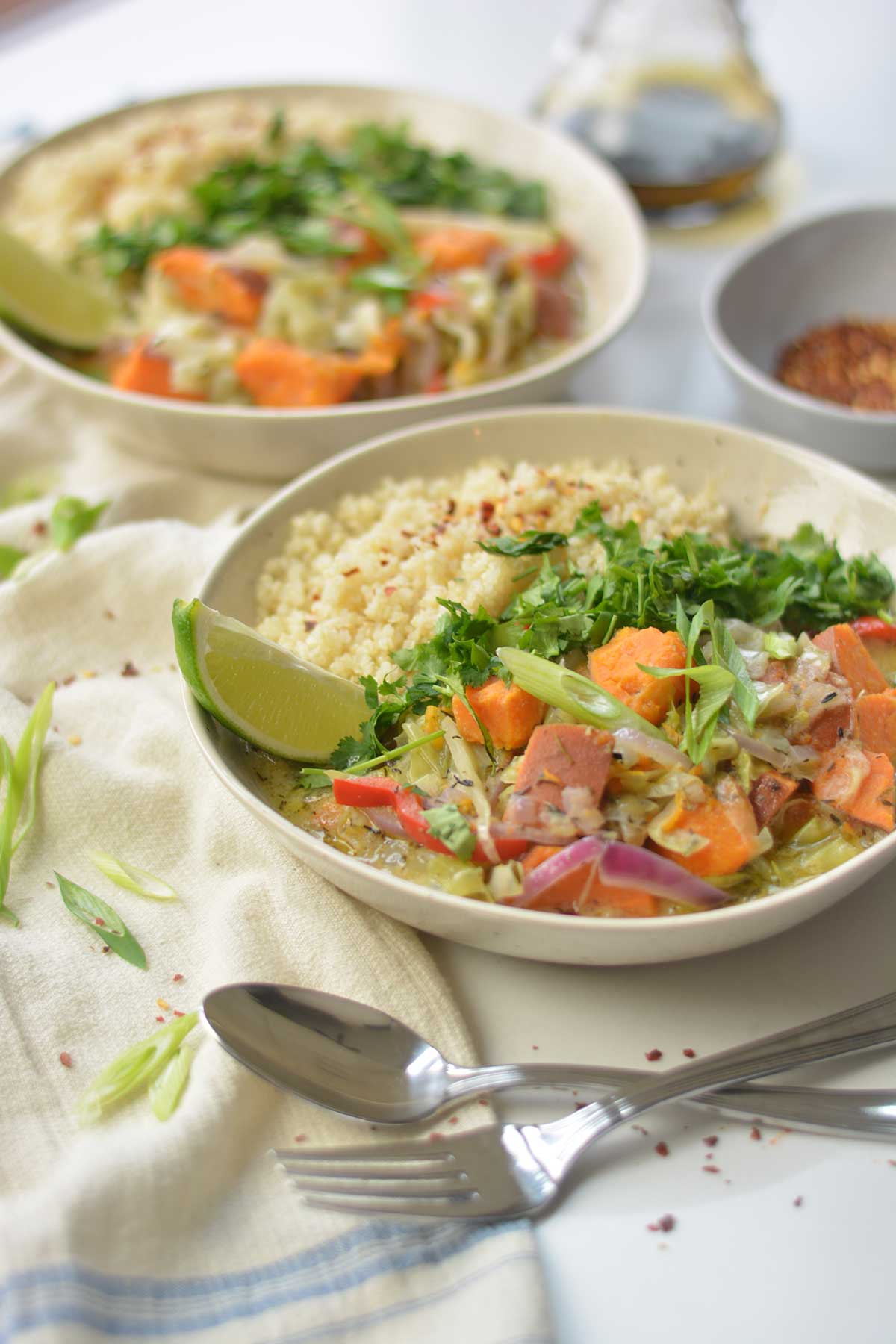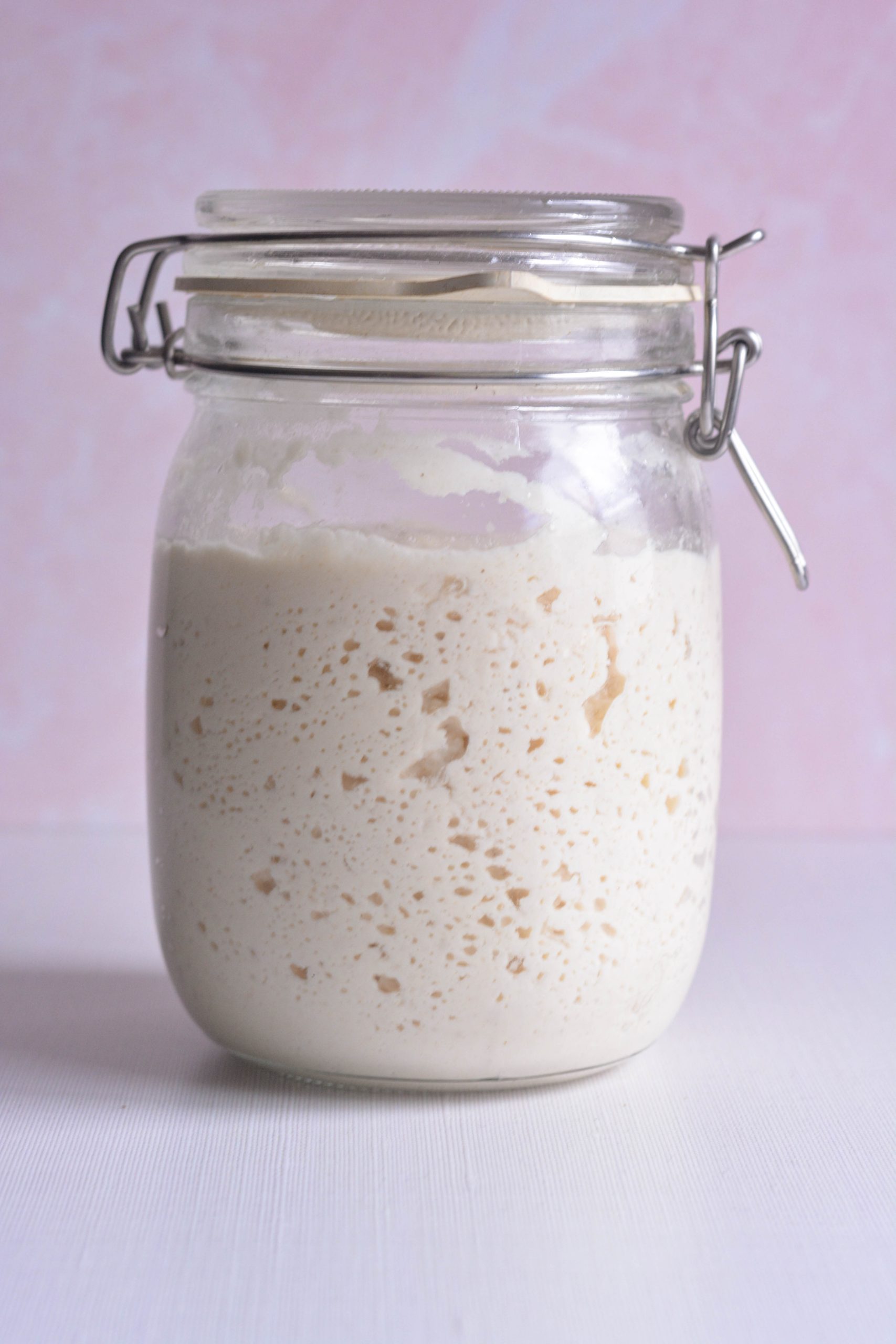How To Make Dandelion Pesto Recipe
Learn how to make a dandelion pesto recipe and learn about the nutritious benefits of dandelions. Explore a delicious pesto recipe that transforms these humble weeds into a vibrant and flavorful sauce. Dandelion pesto – a vibrant and flavorful twist on the classic Italian sauce
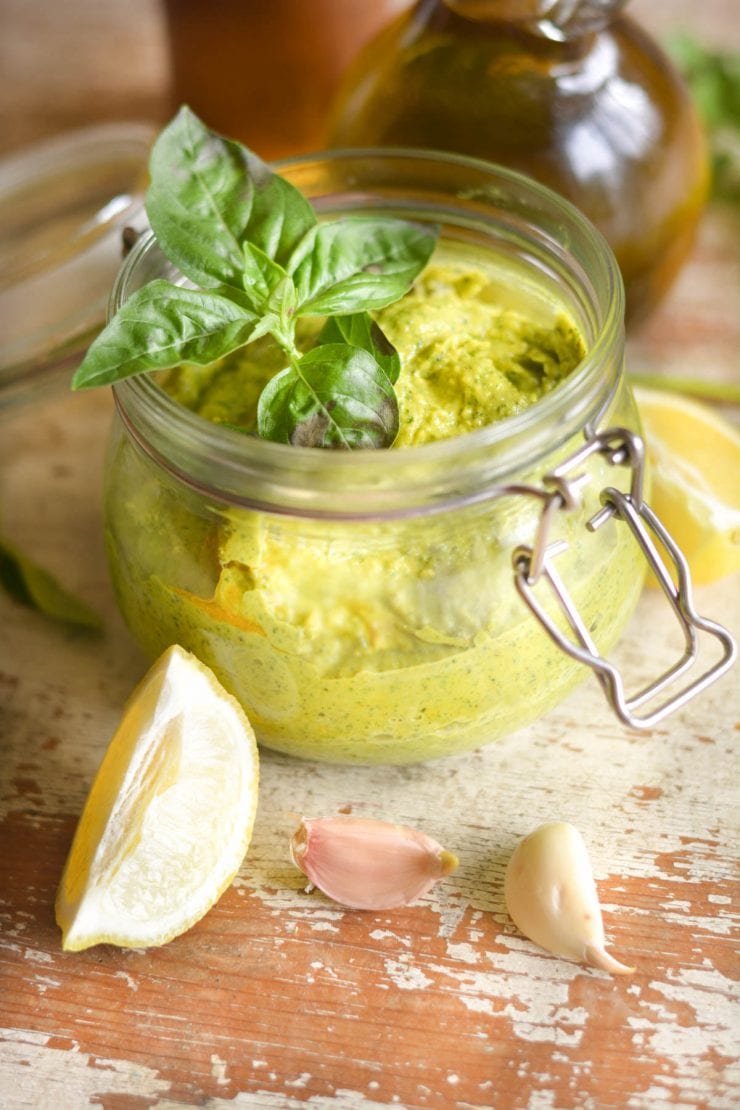
Dandelion Greens Pesto
One of my favorite recipes is dandelion leaf pesto, and it is a perfect time for it. Dandelions are starting to pop up, so bitter dandelion greens (edible weeds) are first on my list because I love pesto.
It really takes me down memory lane to my childhood when I was harvesting dandelions with my grandmother and making different recipes. This humble plant is more than just ornamental. In fact, every part of the dandelion – from its roots to its flowers – holds culinary value. The great thing about dandelions is that they grow everywhere, and you can easily go outside and harvest some for free!
What is Dandelion
Dandelion (Taraxacum officinale) is a common flowering plant – a common weed found in many parts of the world. It is known for its distinctive yellow flowers, which turn into fluffy seed heads that disperse in the wind. Dandelions are often considered weeds due to their prolific growth in lawns, gardens, and other open spaces. Dandelion leaves have a bitter taste, similar to arugula or endive. However, the bitterness can vary depending on the age of the leaves and the time of year they’re harvested. Young dandelion leaves tend to be less bitter, while older leaves can have a stronger bitterness.
Since ancient times, dandelion has been used and valued for its incredible healing properties. It is a symbol of nature’s faithful perseverance. Although this plant has a high value, it can be quite troublesome for gardeners.
All parts of the dandelion are edible—stems, leaves, flowers, and roots. The roots contain many beneficial substances that strengthen and detoxify the body, such as 10% glycoside taraxacin, bitter substances, inulin, and up to 15% protein
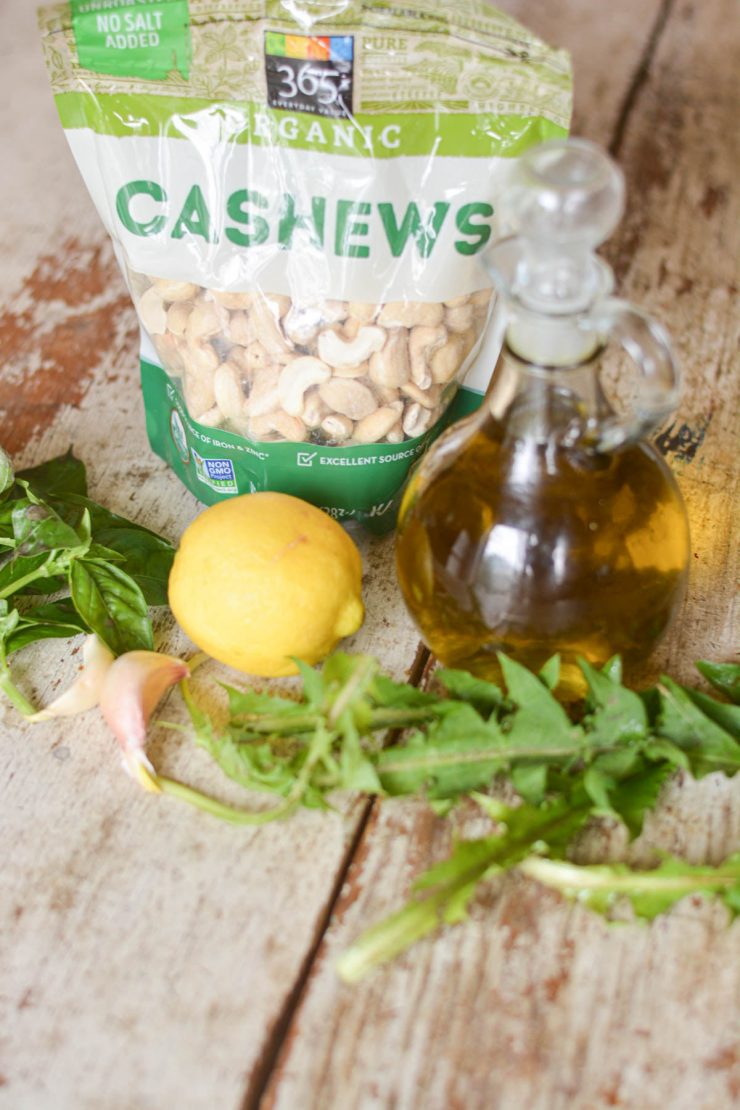
Health Benefits of Dandelion
Despite being commonly regarded as weeds, those bitter greens are rich in vitamins, minerals, and antioxidants.
- Rich in Vitamins and Minerals: Dandelion greens are packed with essential nutrients, including vitamins A, C, and K, as well as calcium, iron, and potassium. These vitamins and minerals support various bodily functions, such as immune health, bone strength, and blood clotting.
- Antioxidant Properties: Dandelion greens are rich in antioxidants, such as beta-carotene and flavonoids, which help neutralize harmful free radicals in the body. Antioxidants are key in reducing oxidative stress and inflammation, which are associated with chronic diseases like heart disease and cancer.
- Supports Digestive Health: Dandelion greens contain a type of soluble fiber called inulin, which acts as a prebiotic. Prebiotics help feed the beneficial bacteria in your gut, promoting digestive health and regularity. Additionally, dandelion greens have been traditionally used as a mild diuretic and digestive aid and aid with bile production. The bitter ingredients in dandelion flowers are incredibly beneficial to the body because they stimulate the activity of the stomach and digestive glands, promoting food digestion.
- May Aid Weight Loss: Dandelion greens are low in calories and carbohydrates while being rich in fiber, making them a filling and nutritious addition to meals. Including dandelion greens in your diet may help promote feelings of fullness and support weight management goals.
- Liver Support: Dandelion leaves are rich in antioxidants and bitter compounds that support liver function, helping to break down toxins and promote detoxification.
When to Harvest Dandelion
- Spring Harvest: Dandelions are most tender and flavorful in the early spring when they are just starting to emerge from the ground. The leaves are less bitter and more delicate at this stage, making them ideal for salads, pesto, and other raw preparations.
- Late Fall Harvest: Dandelions can be harvested in late fall after the first frost. The cold weather helps reduce the leaves’ bitterness, making them more palatable. Late fall harvest is excellent for cooked dishes like soups, stews, and sautés.
When harvesting dandelions, look for young, vibrant leaves free from blemishes or signs of insect damage. It’s best to pick dandelions from areas not treated with pesticides or herbicides. You can harvest the leaves by gently plucking them from the base of the plant, being careful not to damage the roots.
Remember to wash the harvested dandelion greens thoroughly to remove dirt or debris before using them in your recipes. Harvesting dandelions at the right time allows you to fully enjoy their fresh flavor and nutritional benefits.

Ingredients For Dandelion Pesto
- Fresh Dandelion Greens: The star of the show, fresh dandelion greens, are harvested from the dandelion plant. These tender leaves boast a slightly bitter flavor profile with herbaceous and earthy undertones, adding a unique twist to traditional pesto.
- Toasted Pine Nuts, Cashews, or Walnuts: Nuts are a staple ingredient in pesto, providing richness, texture, and depth of flavor. When toasted, pine nuts or walnuts develop a nutty aroma and a crunchy texture, enhancing the overall complexity of the pesto. You can salo use pumpkin seeds, sunflower seeds or hemp seeds instead of nuts.
- Garlic: Two cloves of garlic add a pungent and aromatic kick to the pesto, complementing the herbaceous notes of the dandelion greens.
- Grated Parmesan Cheese: (optional)Parmesan cheese is renowned for its salty and nutty flavor. If you do not use parmesan cheese, you can use nutritional yeast for a more cheesy flavor.
- Extra Virgin Olive Oil: As a quintessential component of pesto, extra virgin olive oil not only lends a luxurious silkiness to the sauce but also acts as a vehicle for amalgamating the ingredients. Its fruity and peppery notes harmonize with the bitterness of the dandelion greens, creating a balanced and flavorful pesto.
- Lemon Juice and Zest: This dynamic duo adds a citrusy and tangy flavor and balances the bitter flavor of dandelion leaves.
- Fresh Basil: (optional)
- Turmeric: (optional) for anti-inflammatory properties.
- Salt and Pepper
How to Make Dandelion Pesto
This dandelion pesto recipe is relatively easy and standard as far as pesto recipes go. I made a few changes because I used what I had in my pantry, so I used cashews instead of pine nuts.
Dandelion leaves replace basil in the pesto recipe. Dandelion is excellent for digestion and the liver, but you can add basil if you want to.
I also added some turmeric, which gives the pesto anti-inflammatory properties, and black pepper makes turmeric more bioavailable.
Place the soaked cashews, dandelion greens, garlic, lemon juice, olive oil, lemon zest, and spices into a food processor. Process until smooth. If it is too thick, slowly add a bit more olive oil.
You can also add some parmesan or nutritional yeast ( nutritional yeast will give you that cheesy flavor if you don’t eat dairy) and continue to blend until the mixture has a smooth consistency.
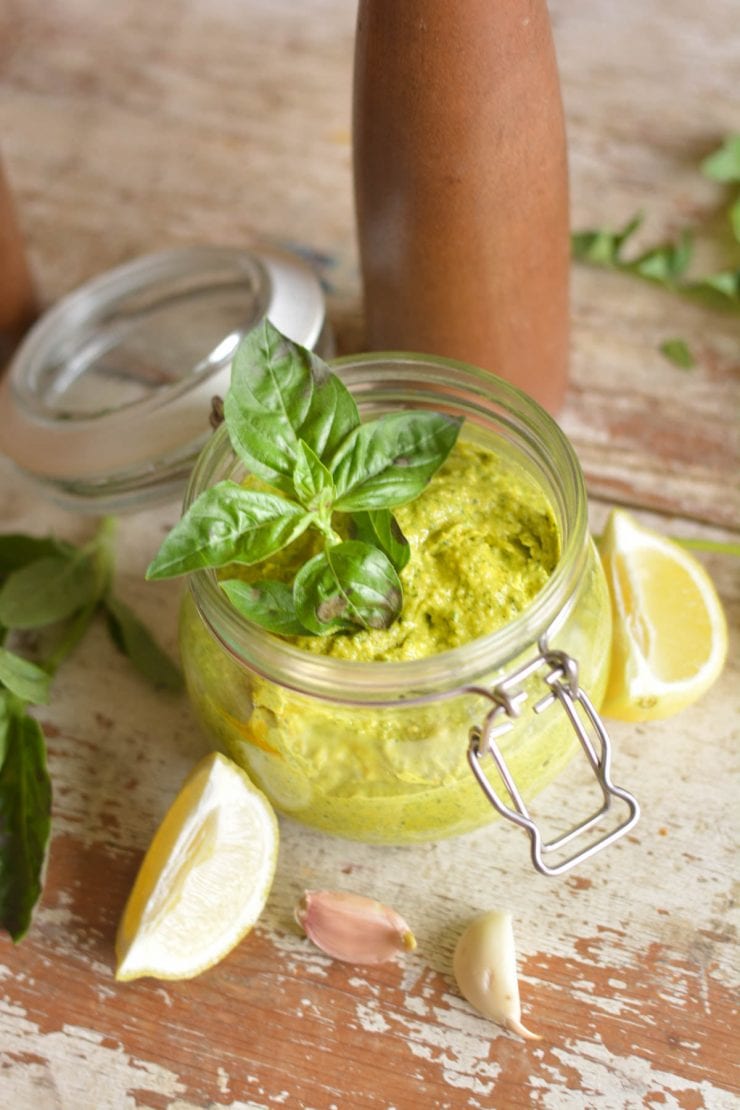
What to Serve With
Thanks to its versatile and flavorful nature, the dandelion pesto recipe pairs wonderfully with various dishes. Here are some delicious options to serve with dandelion pesto:
- Pasta: Toss dandelion pesto with cooked pasta, such as spaghetti, linguine, or penne, for a satisfying meal.
- Grilled Proteins: For a burst of fresh flavor, serve dandelion pesto alongside grilled chicken, fish, shrimp, or tofu. Drizzle the pesto over the grilled proteins just before serving, or use it as a marinade for added depth of flavor.
- Crostinis or Bruschetta: Spread dandelion pesto onto toasted baguette slices or crostinis for an elegant appetizer or snack. Top with sliced tomatoes, fresh mozzarella, or roasted vegetables for added flair.
- Salads: Use dandelion pesto as a salad dressing, either mixed into the greens or drizzled over the top.
- Sandwiches and Wraps: Spread dandelion pesto onto sandwiches, wraps, or paninis for a burst of flavor. It pairs well with various fillings, such as roasted vegetables, grilled chicken, turkey, or cheese.
- Roasted Vegetables: Toss roasted vegetables, such as potatoes, carrots, zucchini, or bell peppers, with dandelion pesto for a flavorful side dish.
- Dips and Spreads: Serve dandelion pesto as a dip for fresh vegetables, crackers, or breadsticks.
- Stirred into Soups: To infuse soups and stews with a burst of fresh flavor, add a spoonful of dandelion pesto just before serving.
Equipment
- Food processor or blender
- Measuring cups and spoons
- Knife and cutting board
- Grater
- Spoon or spatula
- Airtight container or jar for storage
Storage
Dandelion pesto recipe can be stored in an airtight container in the refrigerator for up to one week or frozen in ice cube trays for longer storage. Thaw frozen pesto in the fridge before use.
By harnessing the vibrant flavors of dandelion greens, we unlock a world of culinary possibilities that are both delicious and nutritious. So, the next time you spot a patch of dandelions in your garden or on a hike, don’t be so quick to dismiss them – instead, gather their leaves and embark on a culinary adventure that is sure to delight the senses. Enjoy those wonderful spring greens!
More Dandelion Recipes
Hormone Balancing Dandelion And Chicory Root Latte
Do you ever cook with dandelion greens? What is your favorite thing to make?
___________
Did you make this recipe?
Please let me know how it turned out for you! Leave a comment below and share a picture on Instagram with the hashtag #thetastesoflifeholisticblog
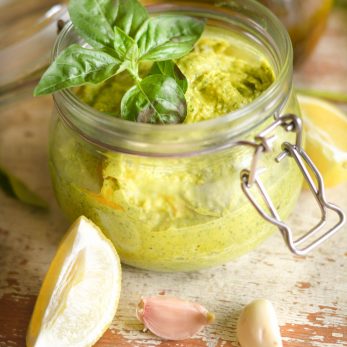
Ingredients
- 1 cup cashews
- 4 cloves garlic minced
- 2 cups dandelion leaves chopped fresh loosely packed
- 2 lemons juice
- 1 tbsp lemon zest
- 1/2 cup extra virgin oil
- 1/2 tsp salt
- 1 tsp turmeric powder
- 1/2 tsp ground pepper
Instructions
- Place all ingredients into a blender or food processor and blend until smooth. If it's too thick, slowly add a bit more olive oil.
- Optional: add the Parmesan or nutritional yeast and continue to blend until the mixture has a smooth consistency.
- Refrigerate and eat within four days.

